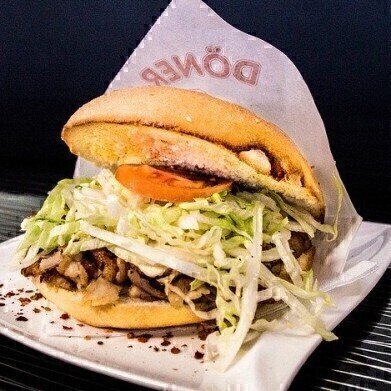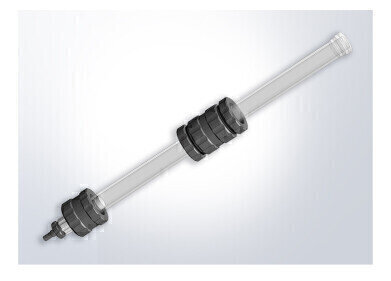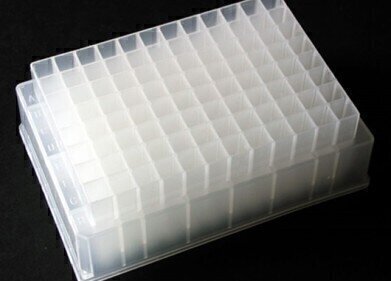Preparative
Is Your Doner Kebab Safe? - Chromatography Explores
Dec 15 2019
Grabbing a doner kebab on the way home from a night out is almost a rite of passage. But in an ever-changing world they are also a convenient food that can be eaten throughout the day. A recent paper published in the journal Food Science and Nutrition - Heterocyclic aromatic amines in doner kebab: Quantitation using an efficient microextraction technique coupled with reversedâ€phase highâ€performance liquid chromatography - examines how a team has investigated donor kebabs for HAAs using chromatography and an innovative extraction technique. Could this reduce the risk of your donor making you ill?
Fast food delicacies to the fore
We have eaten meat and meat-based products for thousands of years. For many people around the world they are an important source of protein, iron, vitamin B12 and folic acid. Recent changes in lifestyles and work patterns means that we are cooking less food at home and grabbing food on the go. Whilst doner kebabs are often seen as a food to grab after a night out in the UK, they are a traditional food in the Middle East.
Doner kebabs are made with different meats including beef, lamb, and even chicken. The meat is minced with tallow - a hard fatty substance from rendered meat, then seasoned with onions, tomatoes, and herbs. This mix is shaped into a cone and then roasted on a spit grill on a slow rotation. As it is cooked, the typical smell of doner kebab and its flavours are released. Unfortunately, when meat is cooked at high temperature - nasty compounds are sometimes formed alongside the flavour and odours of cooked meat.
HAAs - from heating proteins
One of the toxic compounds that can be formed during the cooking of meat are known as HAAs - heterocyclic aromatic amines. HAAs are classed as carcinogenic and mutagenic compounds. They are formed when protein rich foods are cooked at high temperatures. Even trace levels of HAAs in cooked meat-based foods can cause illnesses including various cancers including prostate, breast and pancreatic.
The team behind the paper referenced above utilised high-performance liquid chromatography (HPLC) in conjunction with an innovative extraction technique known as dispersive liquid-liquid microextraction (DLLME) to determine the presence of four HAAs in doner meat samples. The use of high-performance liquid chromatography to analyse samples of food from animal origins is discussed in the article, Determination of Chloramphenicol by QuEChERS and HPLC-MS/MS combination in matrices of animal origin. The team behind the research report that the method developed was a quick and easy method for the extraction and analysis of HAAs from doner kebab meat.
Hopefully chromatography can help keep doner meat safe for our munchies.
Digital Edition
Chromatography Today - Buyers' Guide 2022
October 2023
In This Edition Modern & Practical Applications - Accelerating ADC Development with Mass Spectrometry - Implementing High-Resolution Ion Mobility into Peptide Mapping Workflows Chromatogr...
View all digital editions
Events
ACS National Meeting - Fall 2024
Aug 18 2024 Denver, CO, USA
Sep 04 2024 Chiba, Tokyo, Japan
Sep 04 2024 University of Warwick, Coventry, UK
Sep 10 2024 Rockville, MD, USA
Plastics Recycling World Expo Europe
Sep 11 2024 Brussels, Belgium














